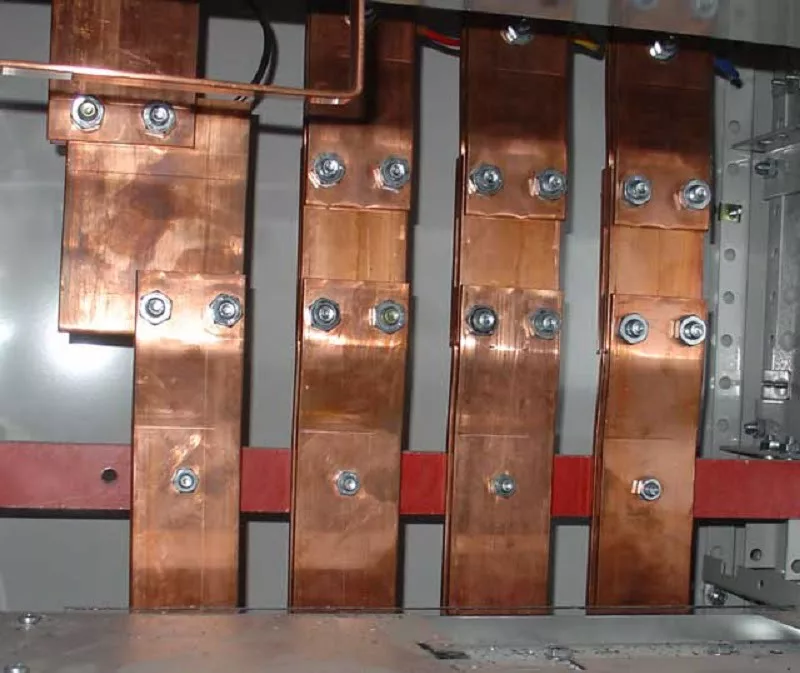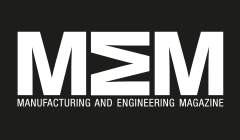How Do You Design and Size a Busbar?

The way that a copper Busbar system performs and is designed has significantly changed following the introduction of the IEC 61439 switchgear and control standards, and this has had major implications on the way that people must think about the selection of a Busbar system. There are many areas that now differ to previous methods that design engineers have become accustomed to; therefore it is important that everybody in the industry is on the same page. The location of the incoming cables and the position of the incoming protection device heavily affect the decision regarding where to put the Busbar, and the layout of the assembly, position of devices and Busbar cover requirements are all determined by the form rating. The size of the enclosure will of course be ultimately dependent upon both the form rating and the Busbar system fitting! So what is the current rating? The total load significantly impacts the size of the Busbar, therefore this must be pre-calculated and the IEC 61439 standards must be took into consideration, as a rating of 125% on the full load current is sometimes required depending on the circumstances. This knowledge of the current loadings will also mean that you can calculate the total watt loss, and this has a direct impact on the temperature rises within a particular enclosure. If cables are oversized and too large to terminate on a Busbar system, then this can be problematic for any contractor, therefore when connecting conductors to a Busbar design engineers need to be aware of any potential differences when it comes to the Busbar adaptors or terminals. Finally, design engineers have to also be aware of the fault rating from the start, due to the obvious possibility of a high-fault current being destructive. Further information is available online on the new changes to the designing and sizing of busbars, and once everybody is on the same page it will be very beneficial to the industry! Manufacturing & Engineering Magazine | The Home of Manufacturing Industry News
How do you make a Busbar?

A new set of standards known as the IEC 61439 switchgear and control regulations is redefining designersâ perspectives on where busbar systems need to be implemented. Used to conduct electricity in a variety of different situations, it is vital that they are well implemented so that the electric currents reach their proper destinations in various electrical appliances around the country. The new set of instructions and regulations that have been put into place indicate that engineers all over the land need to be aware and up to date with this new set of systems so that the busbars that they install are put in the right place that they need to be. For example, the location of where the busbar appliance goes is entirely subjective to where the cabling and security appliances are located, yet the new IEC 61439 regulations have dictated that various factors ought to be taken into consideration at this stage, such as where certain components in the circuit go and if or not said busbar needs a protective layer over it or not. This will ensure that engineers and installers will be well aware of what they need to do. In some cases, the IEC 61439 regulations will need to be considered in some situations, such as when the load where the busbar is located needs a 125 per cent higher current rating. Similarly, attention will need to be paid to when the busbars are adjoined to the various conductors, since the size of cables can be hard to calculate using the busbar itself. All in all, it is vital that instructions are followed to the letter when a busbar is installed, particularly so as to ensure that no dangerous short-circuits take place that can disrupt the flow of the current. Of course, the instructions themselves are only subjected to the testing made on the product in the first place, and this is a clear sign that appropriate steps need to be taken to ensure that accidents do not occur in the installation process of these appliances. Manufacturing & Engineering Magazine | The Home of Manufacturing Industry News


